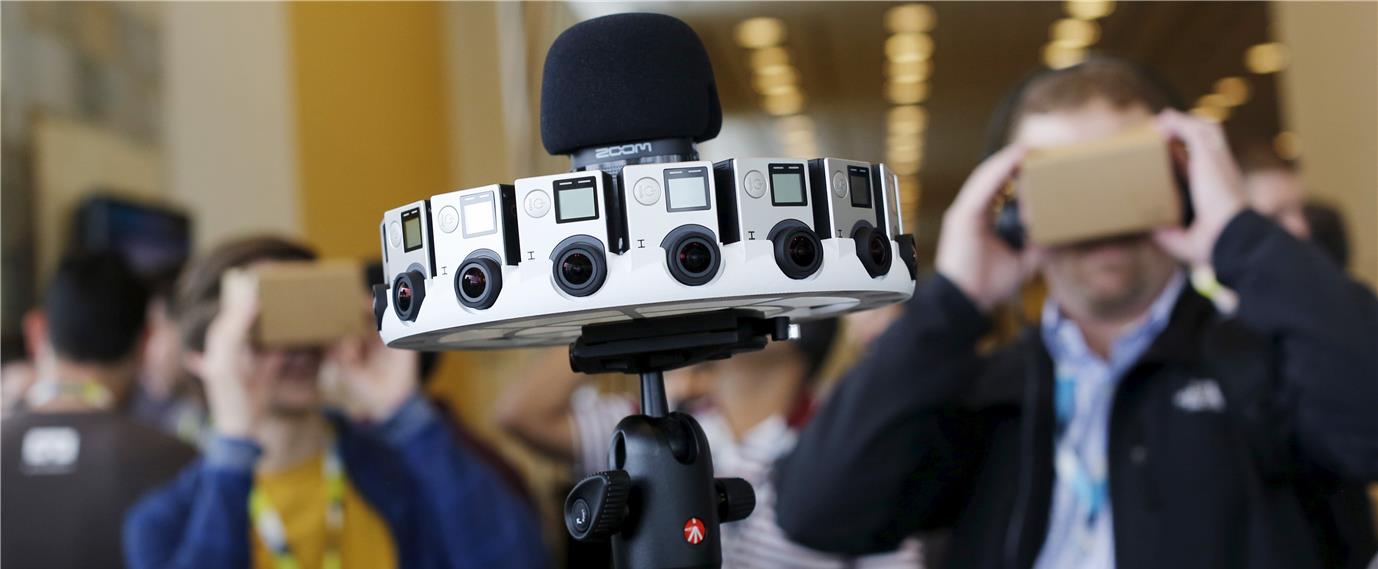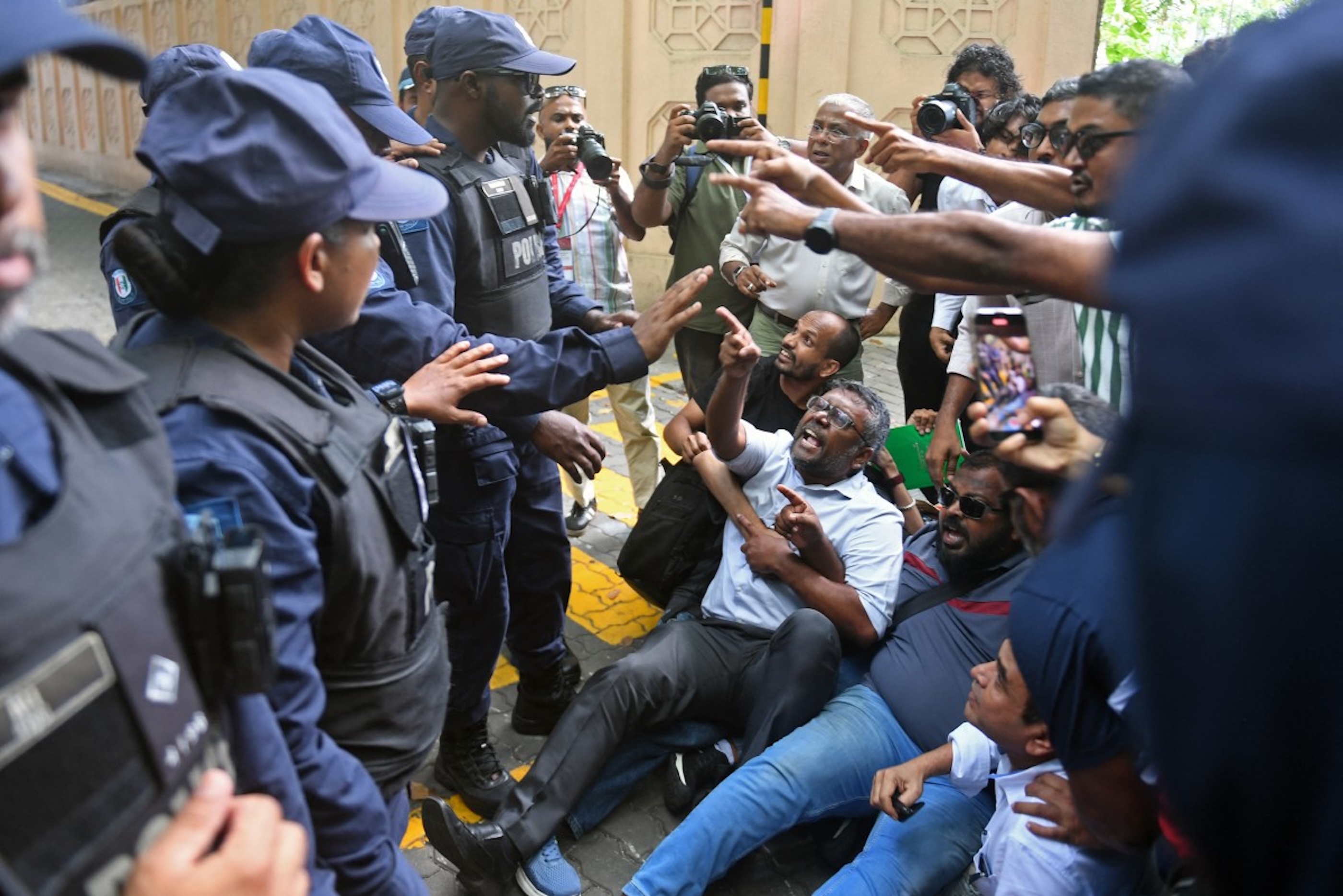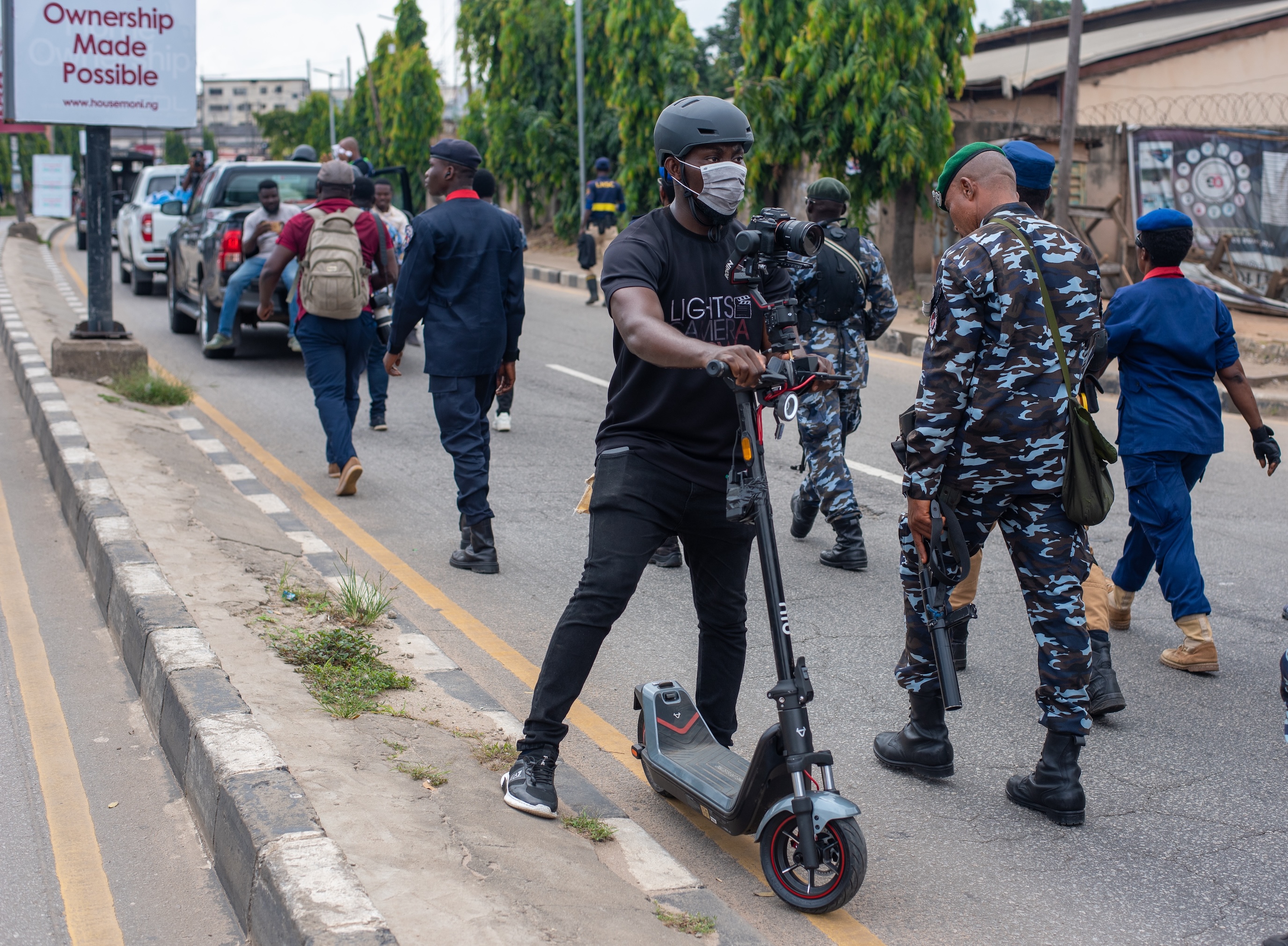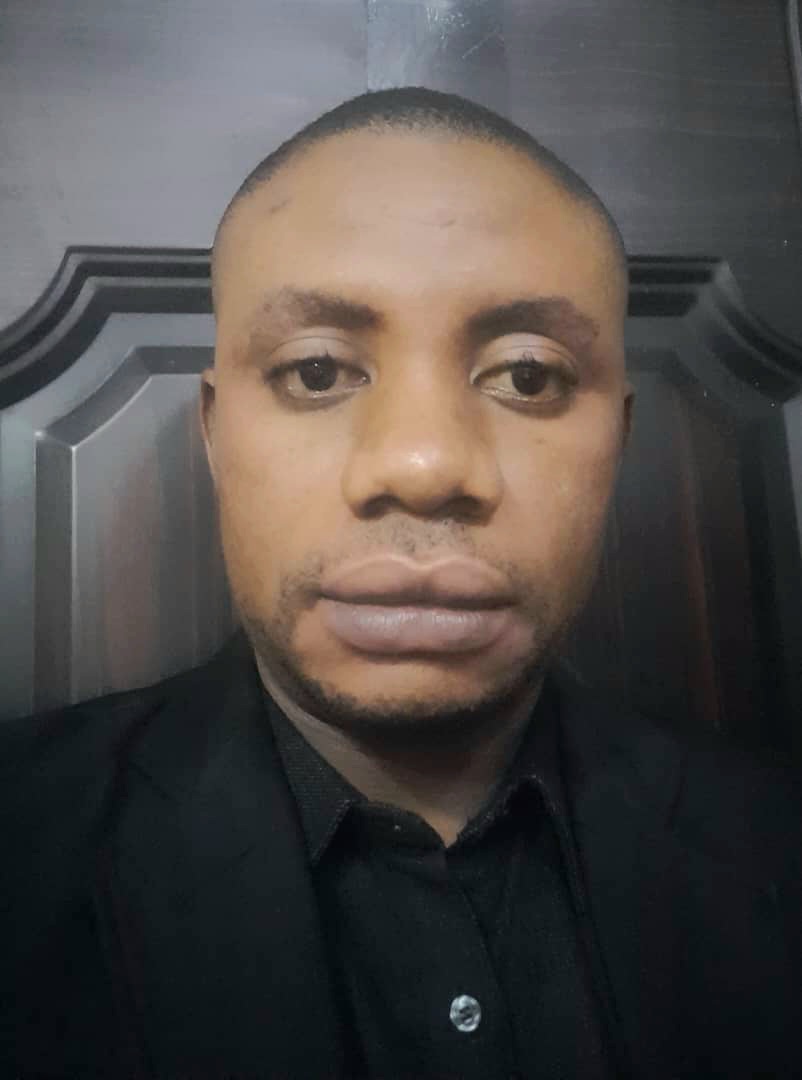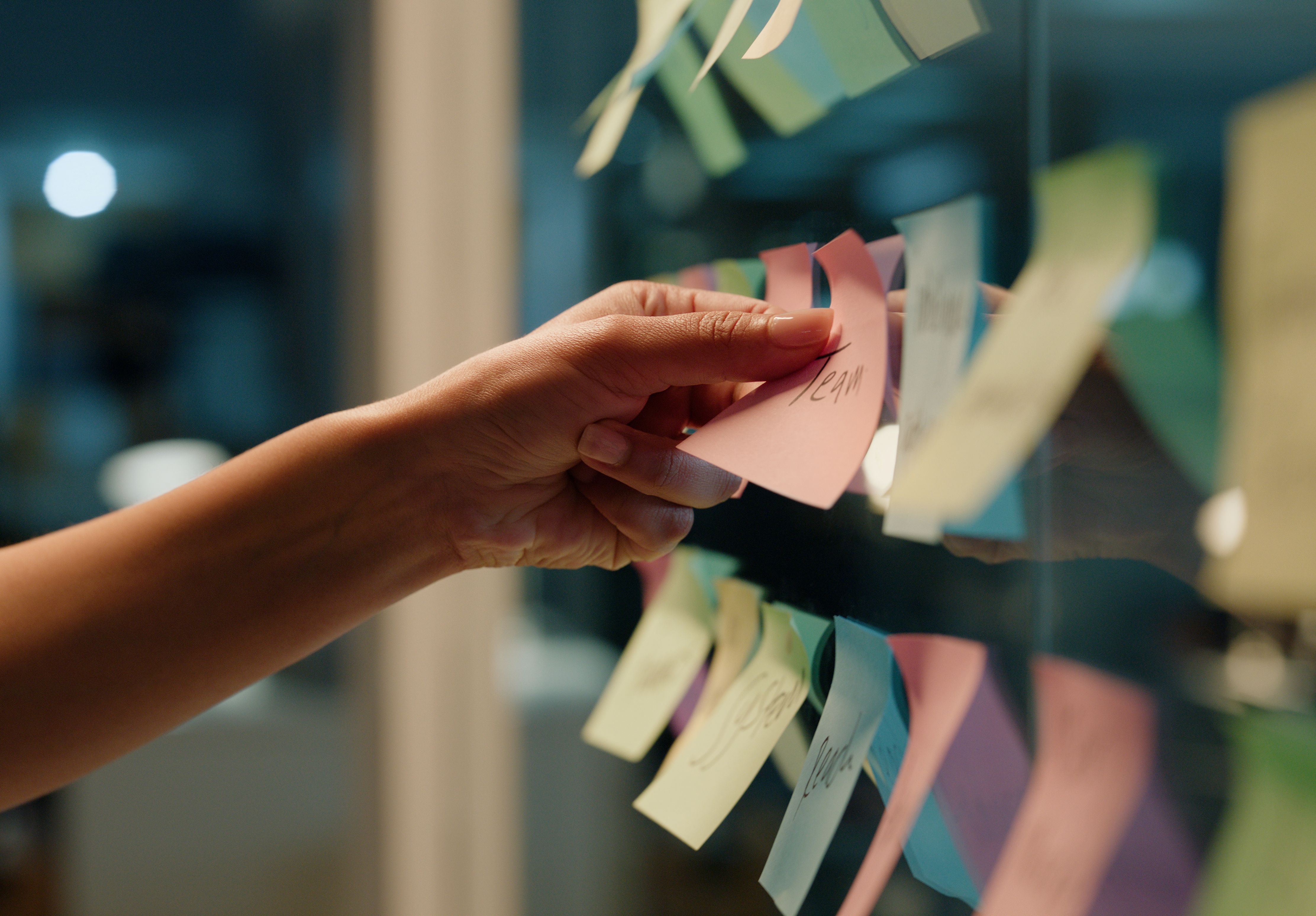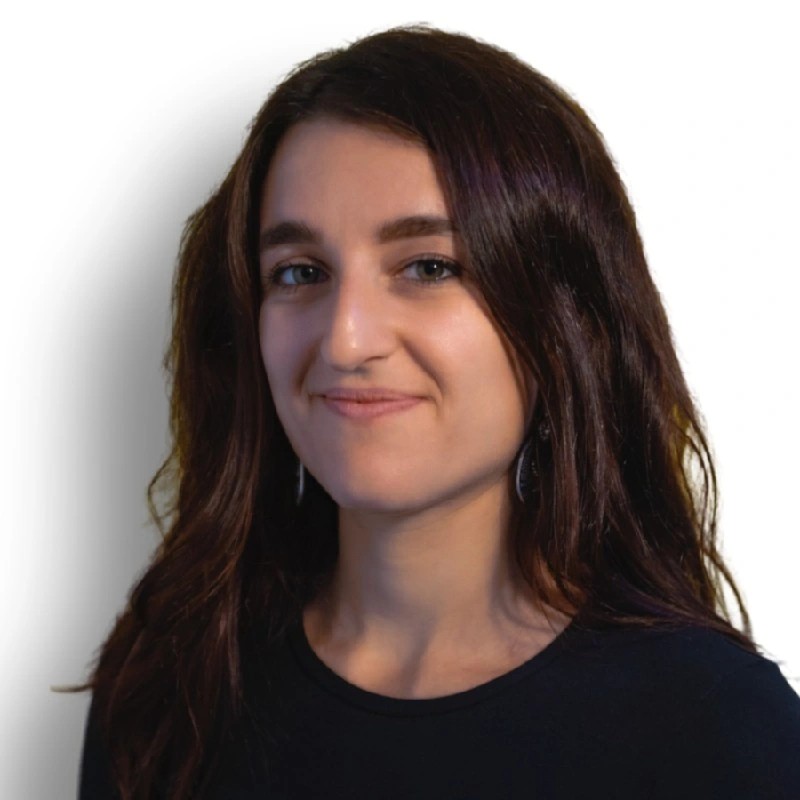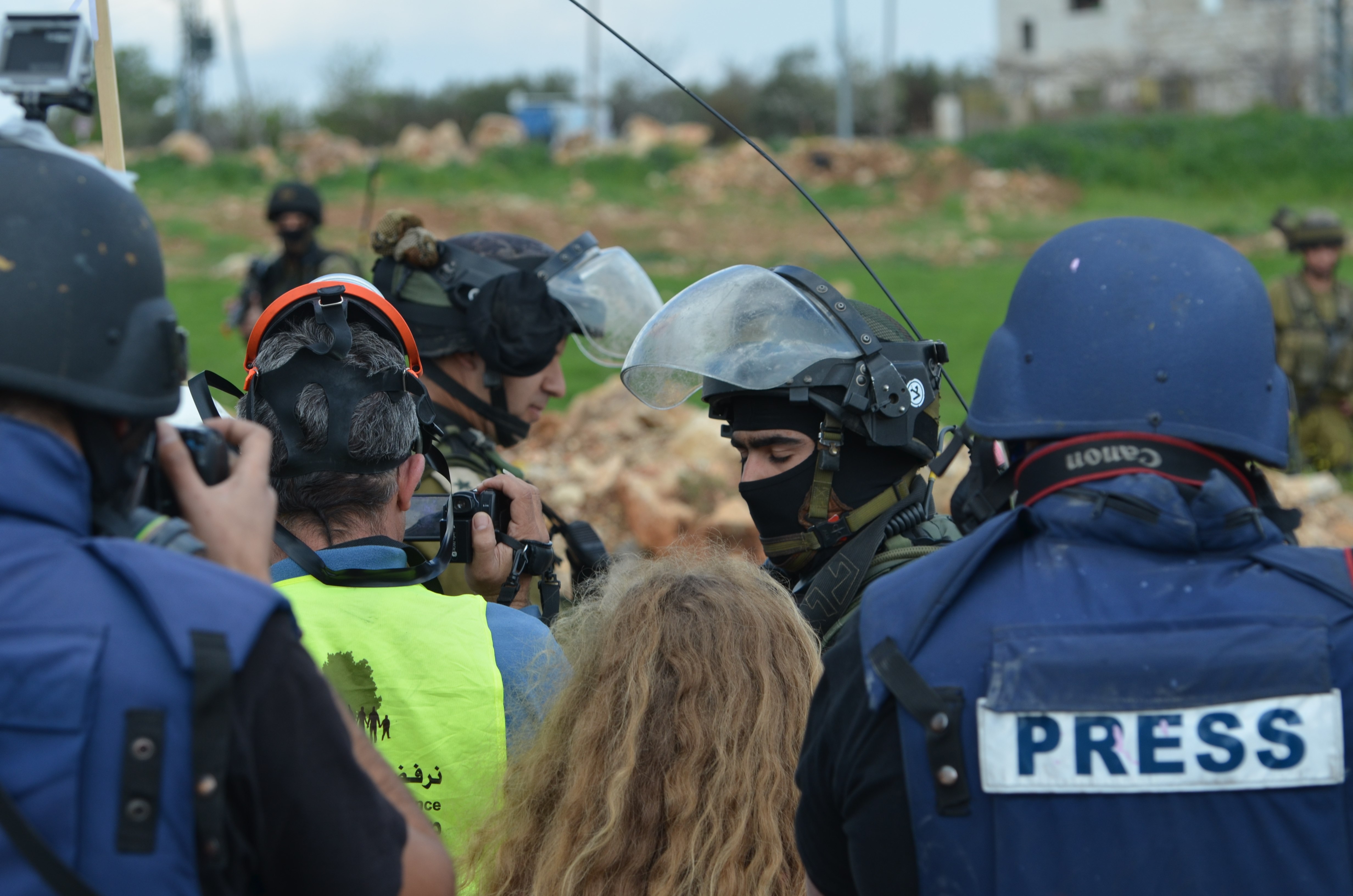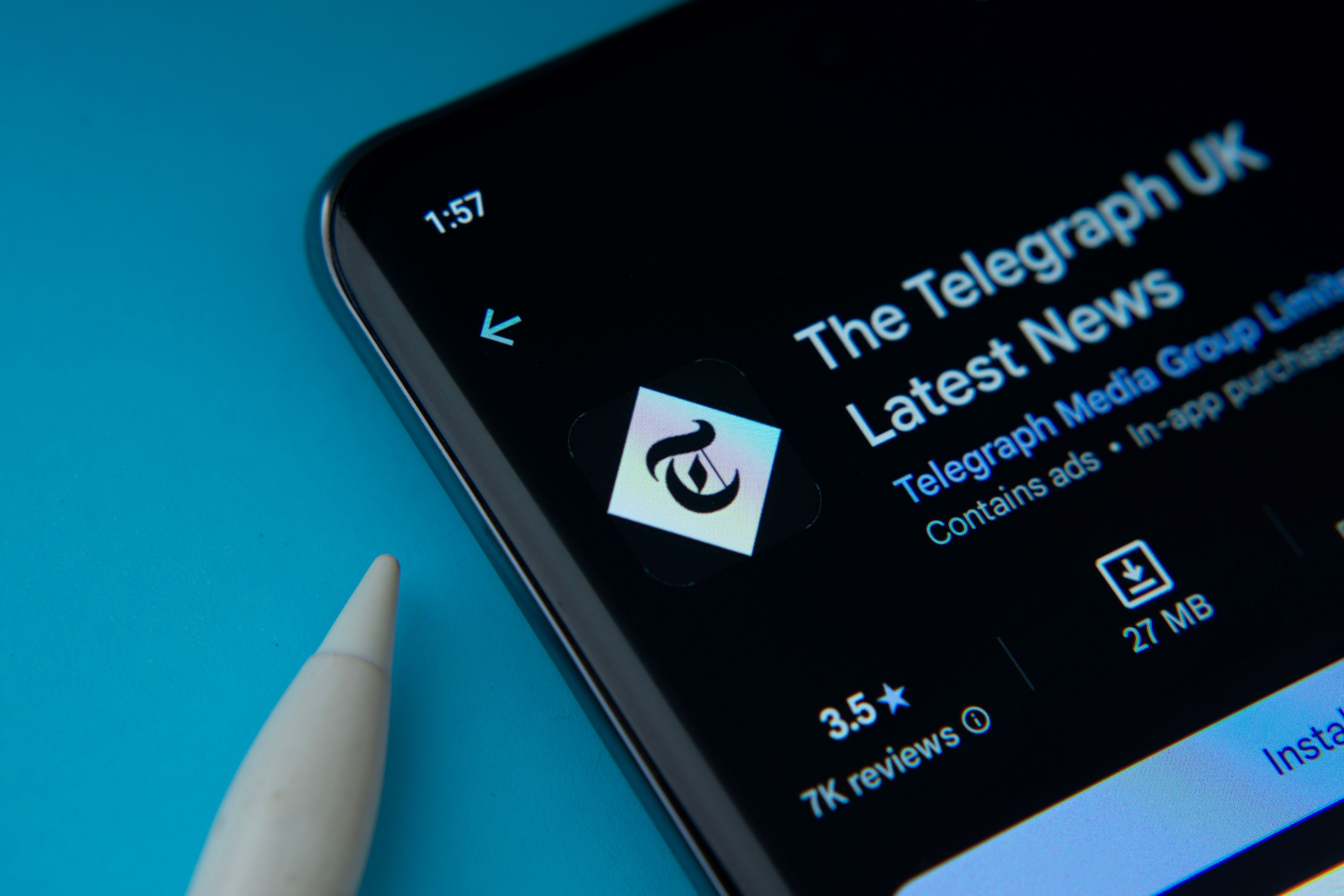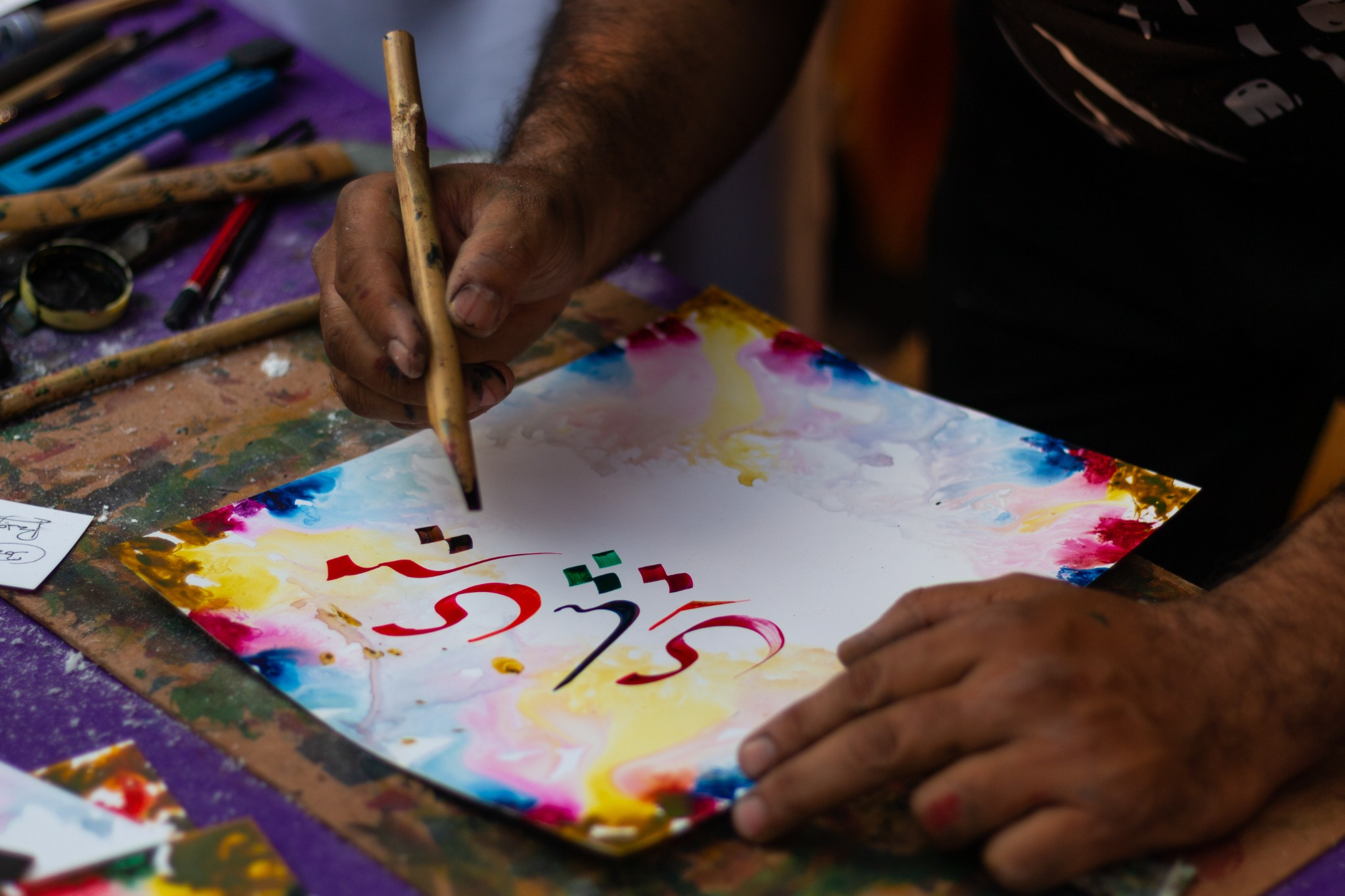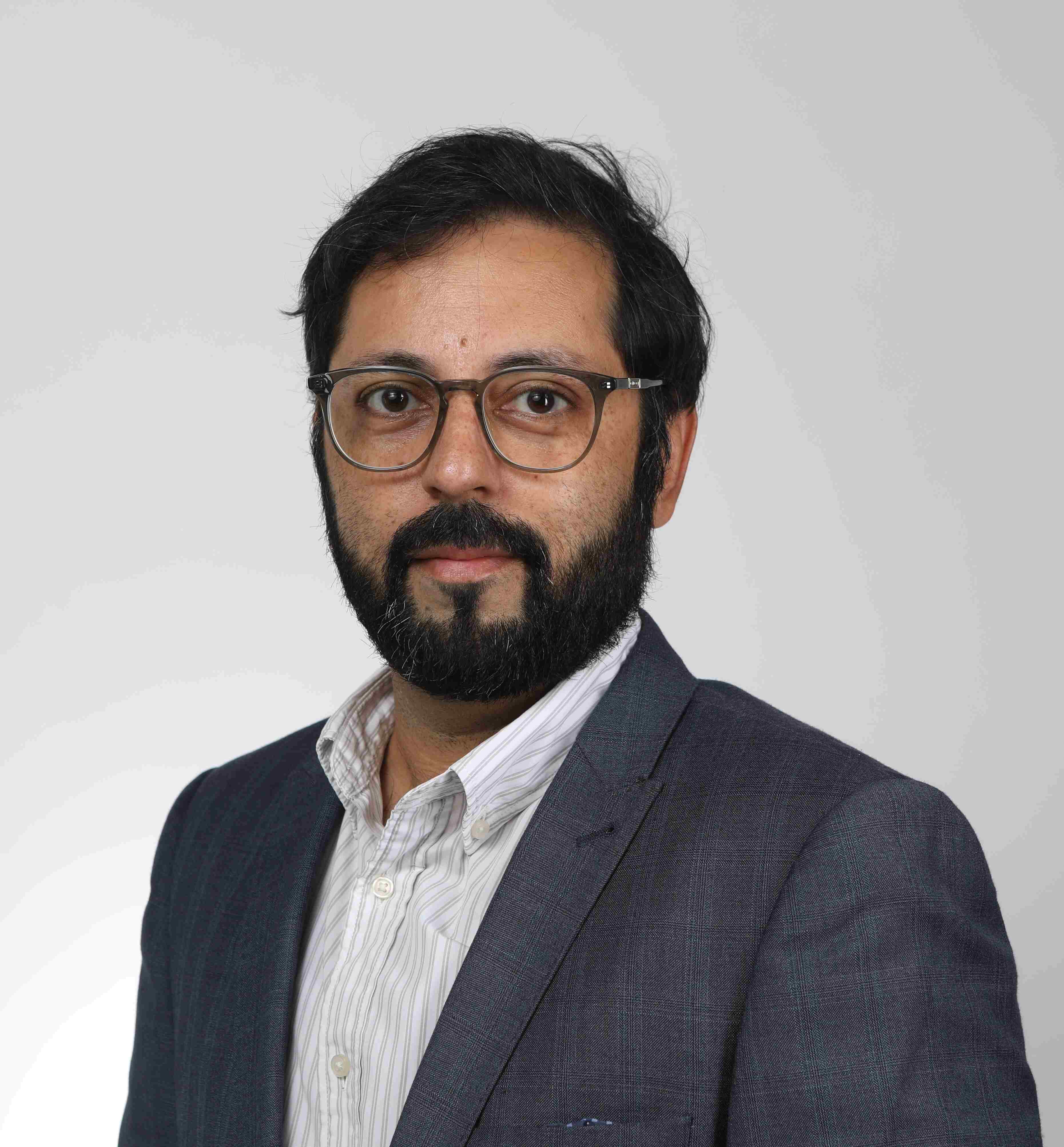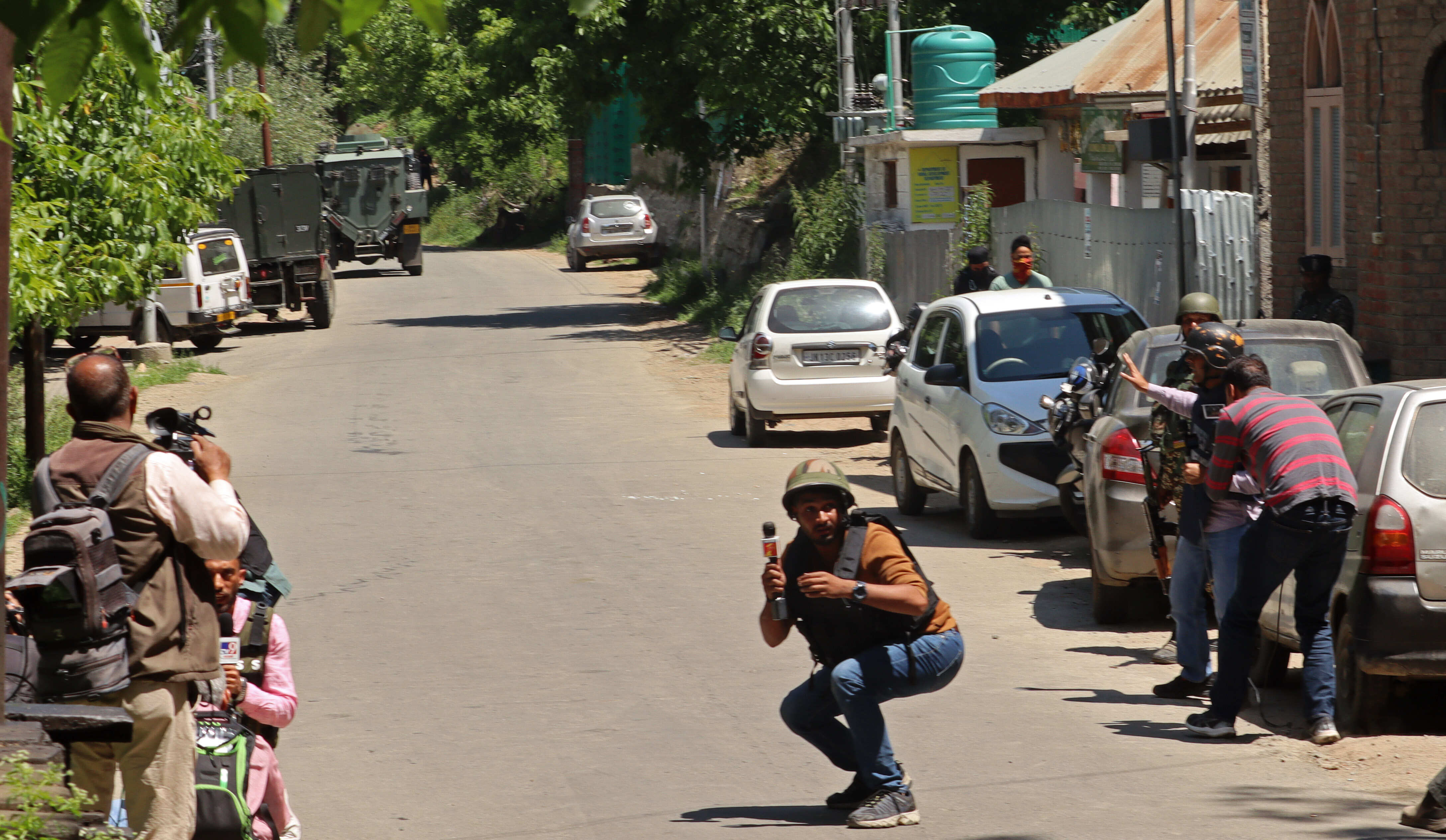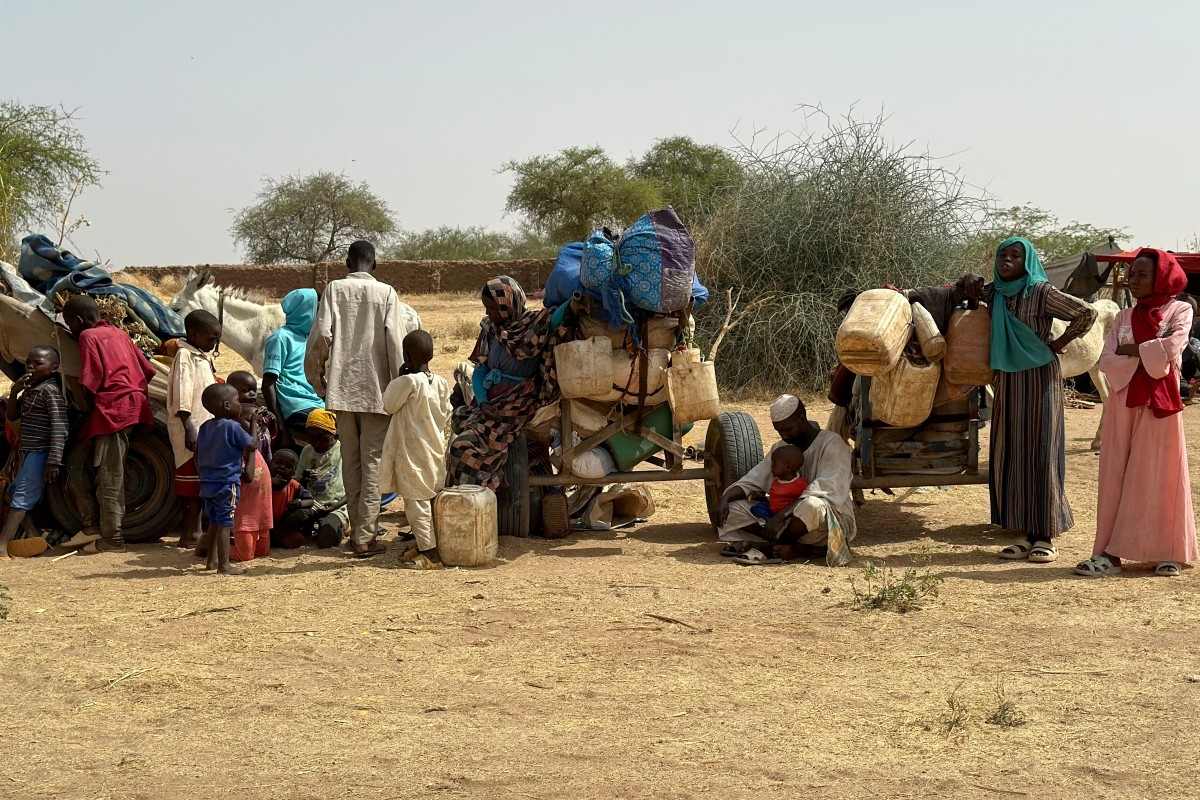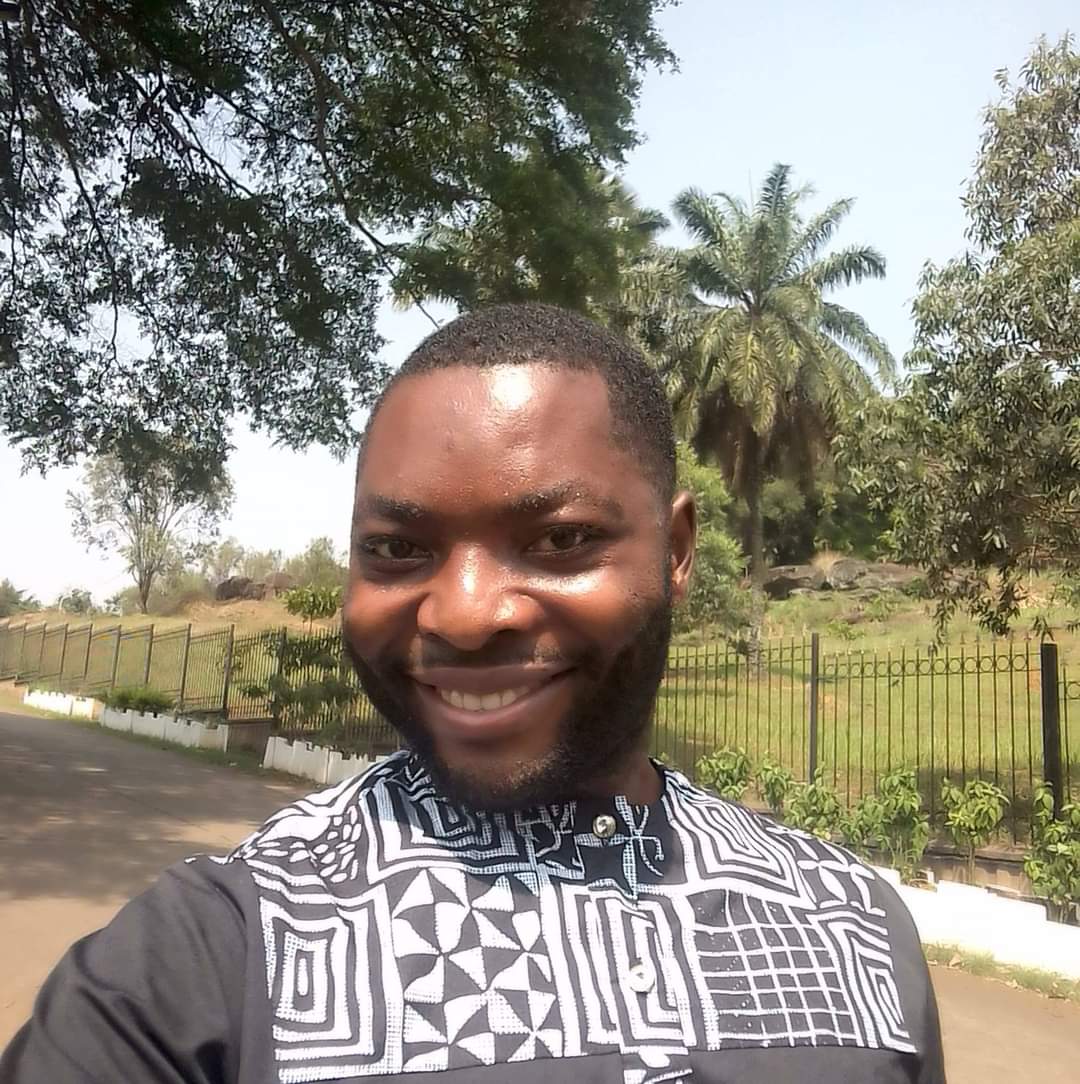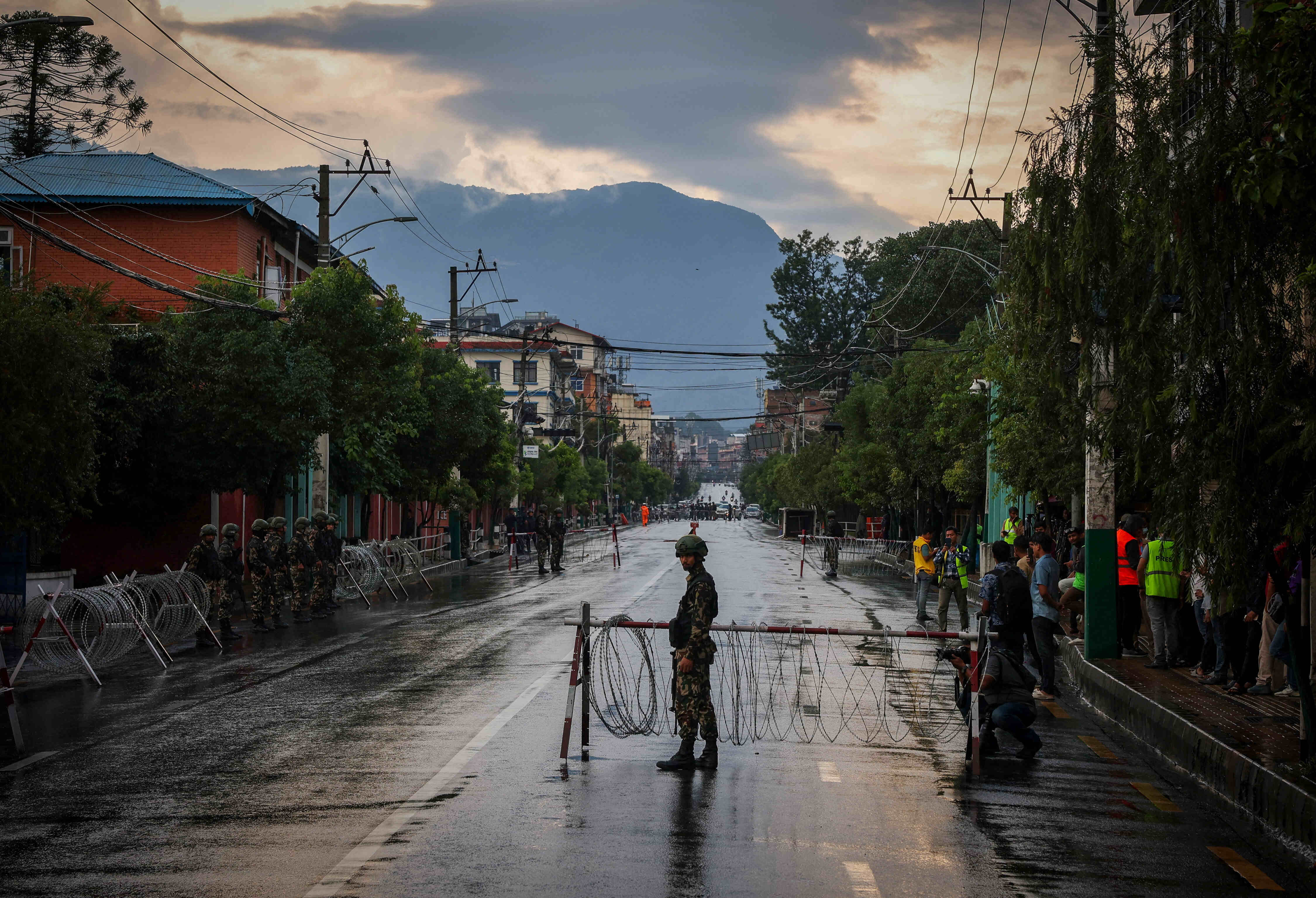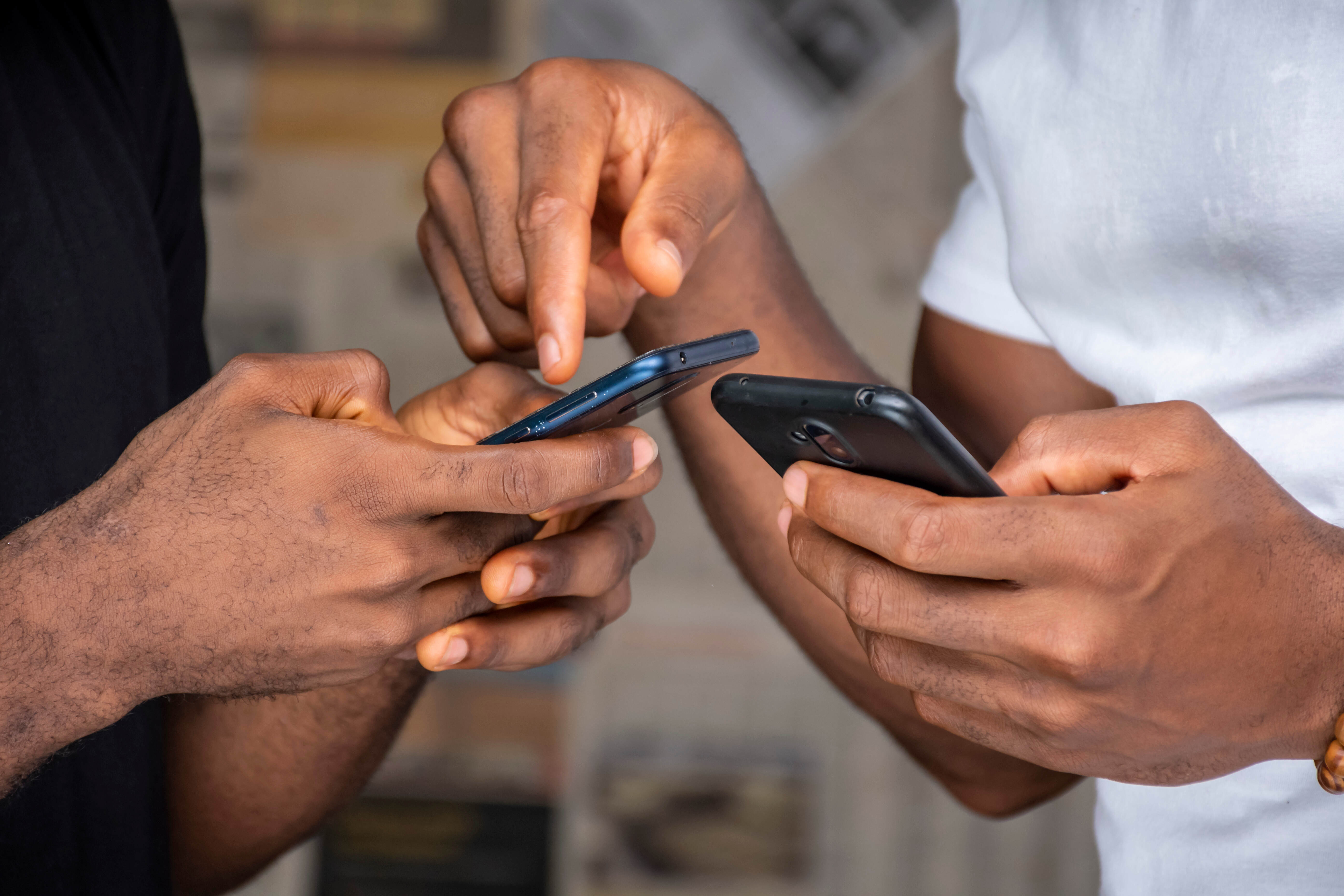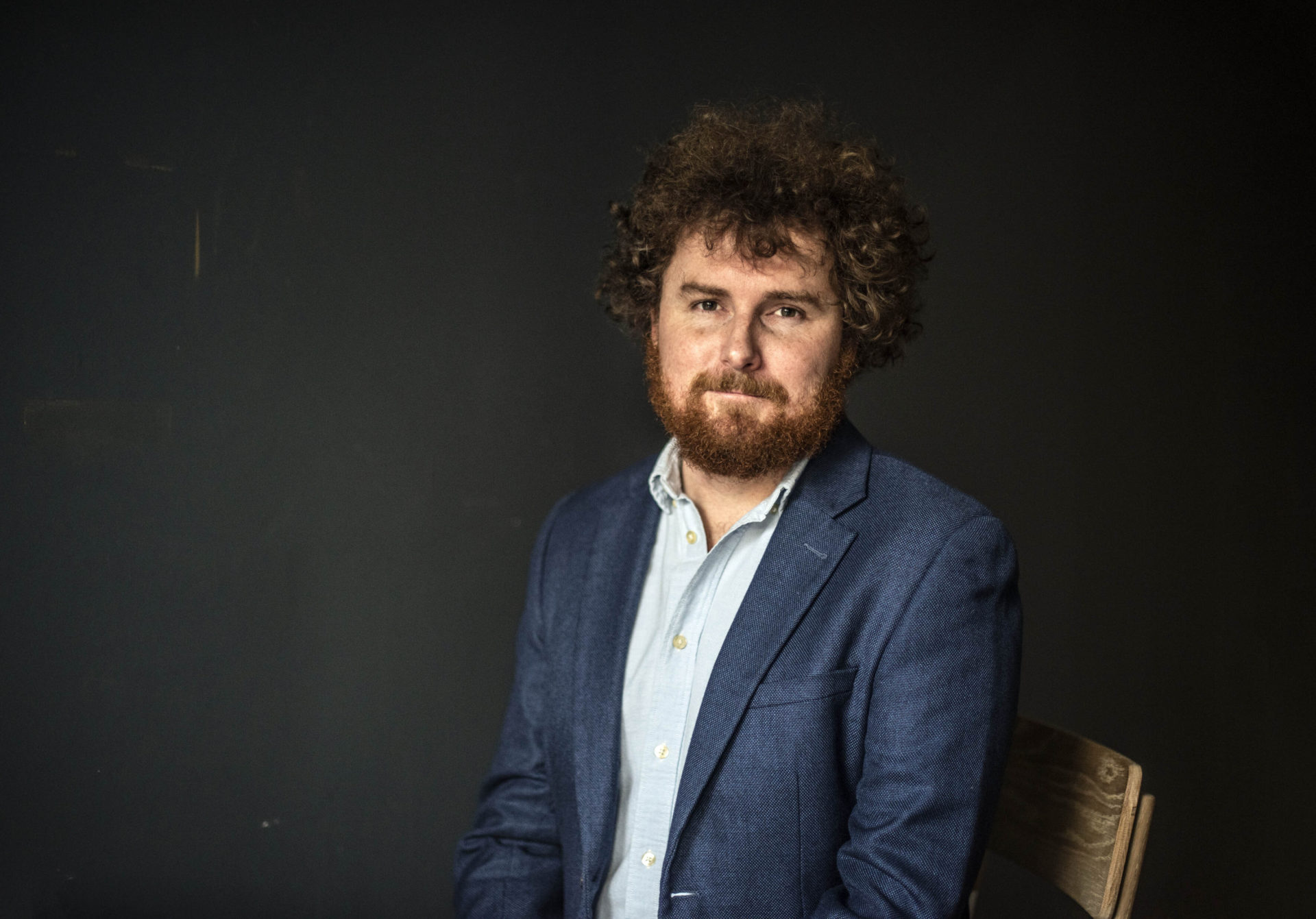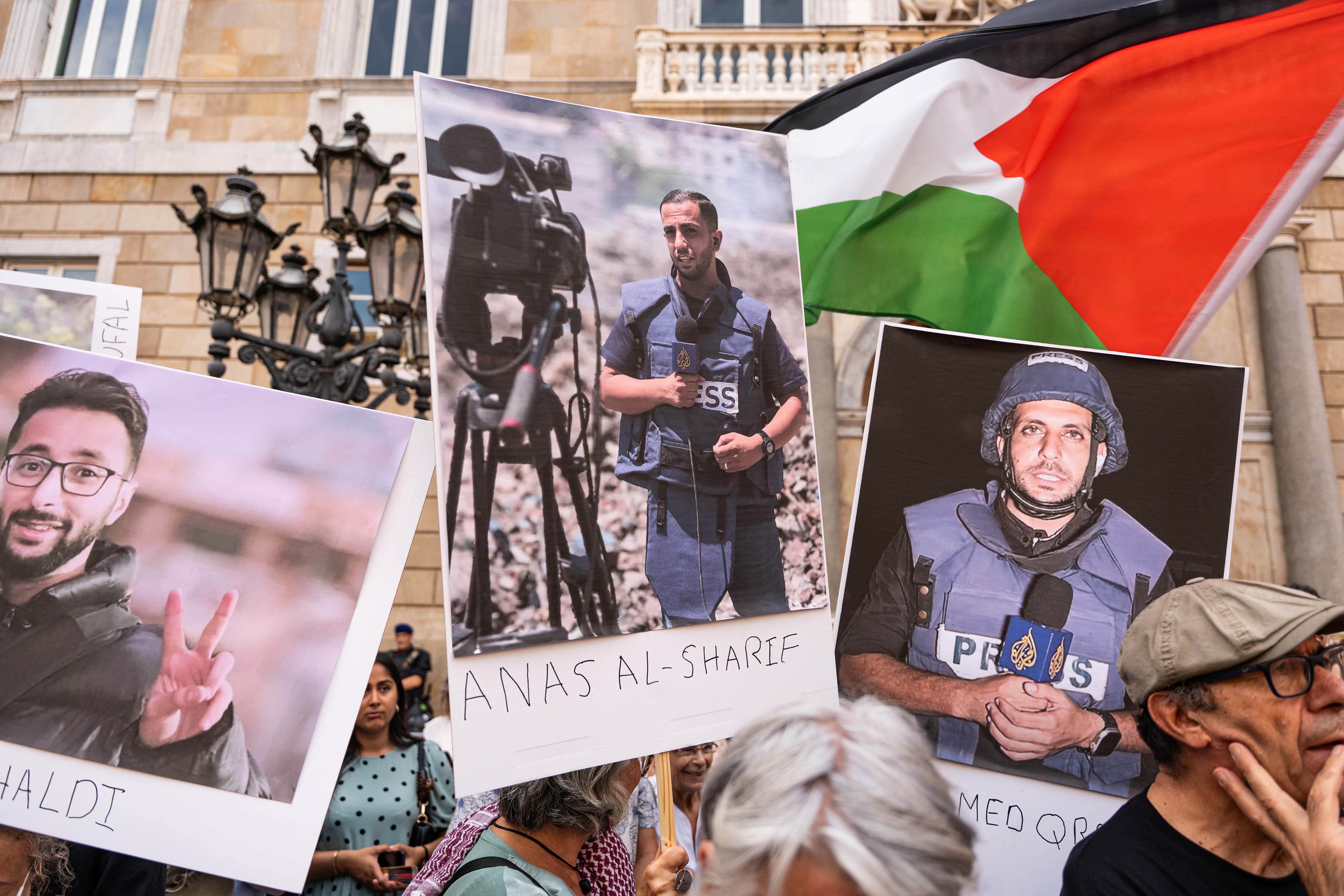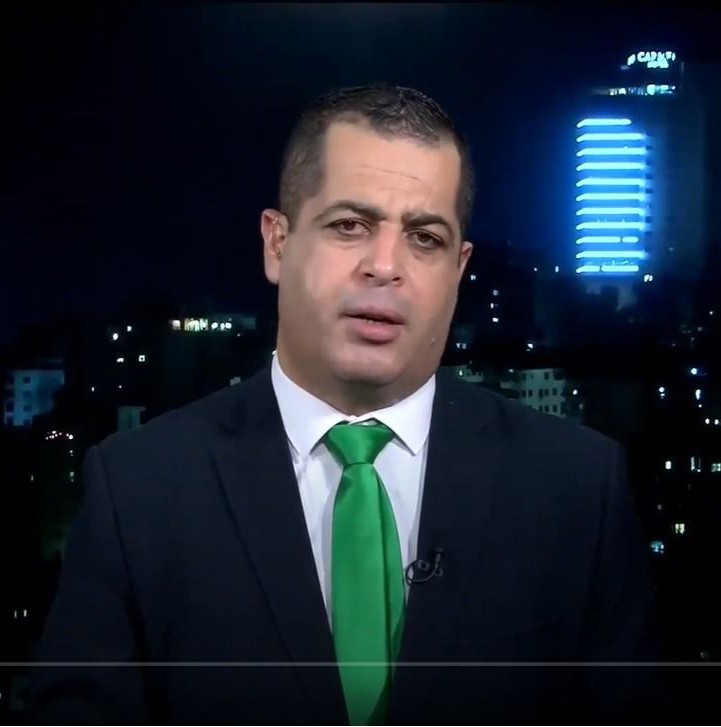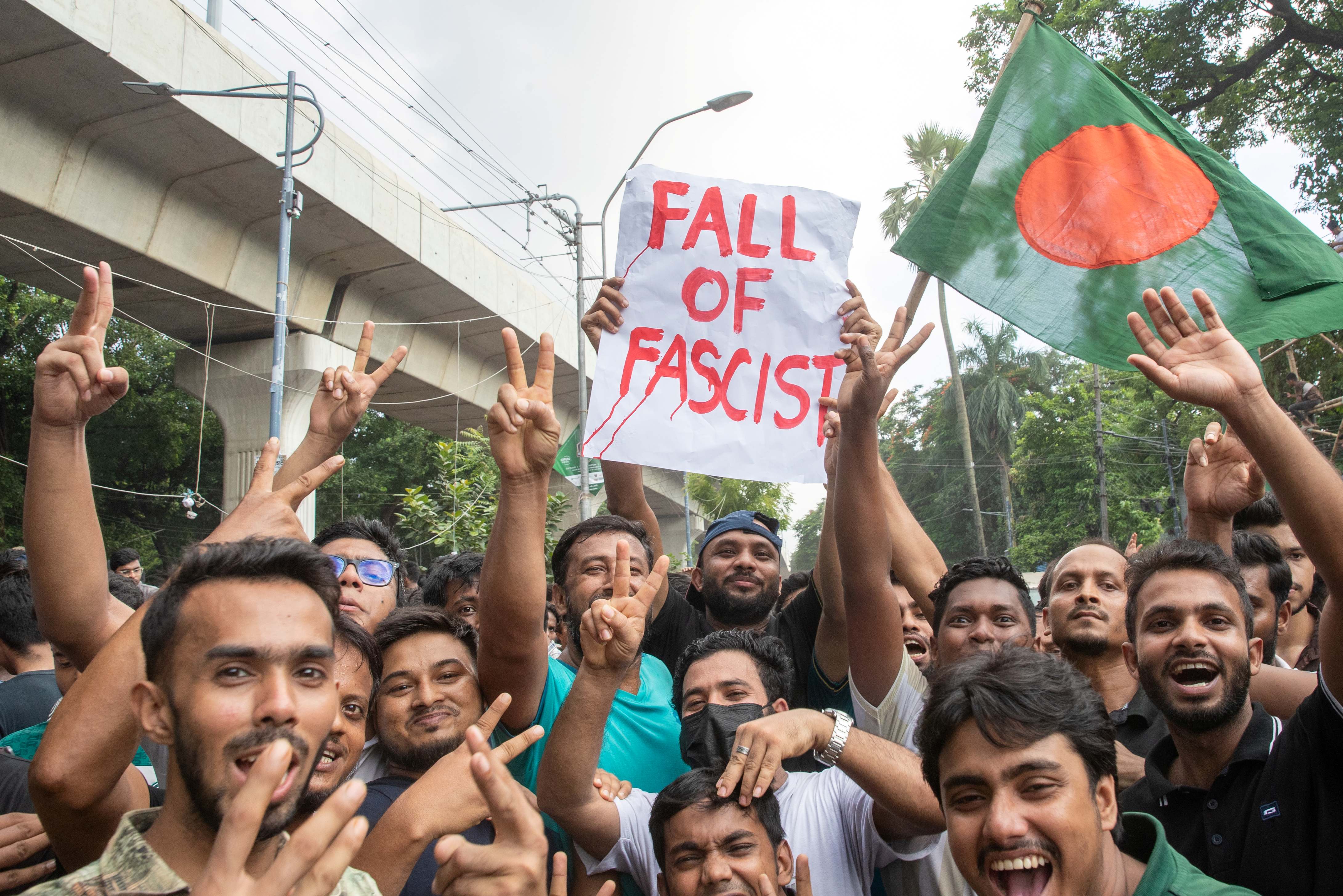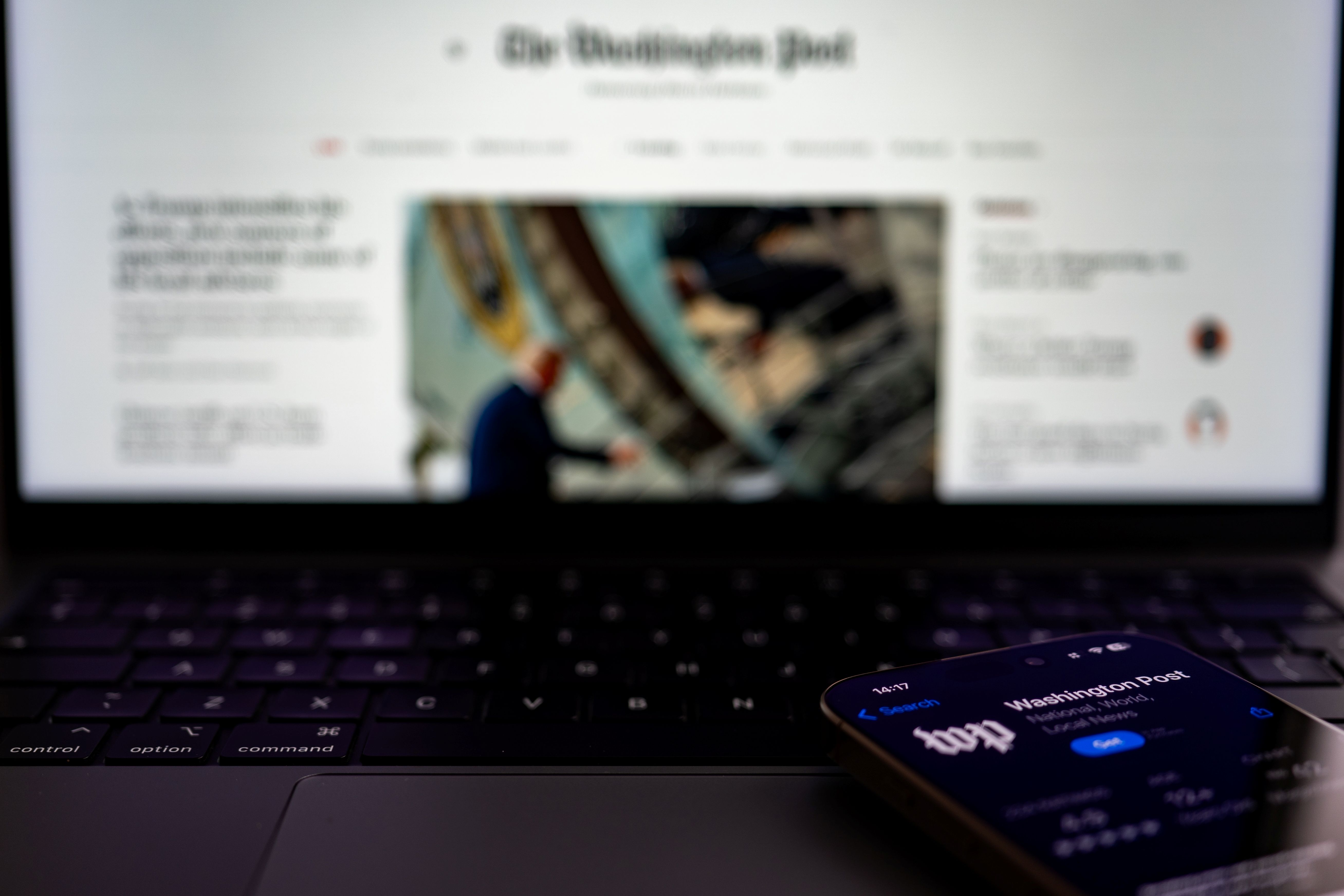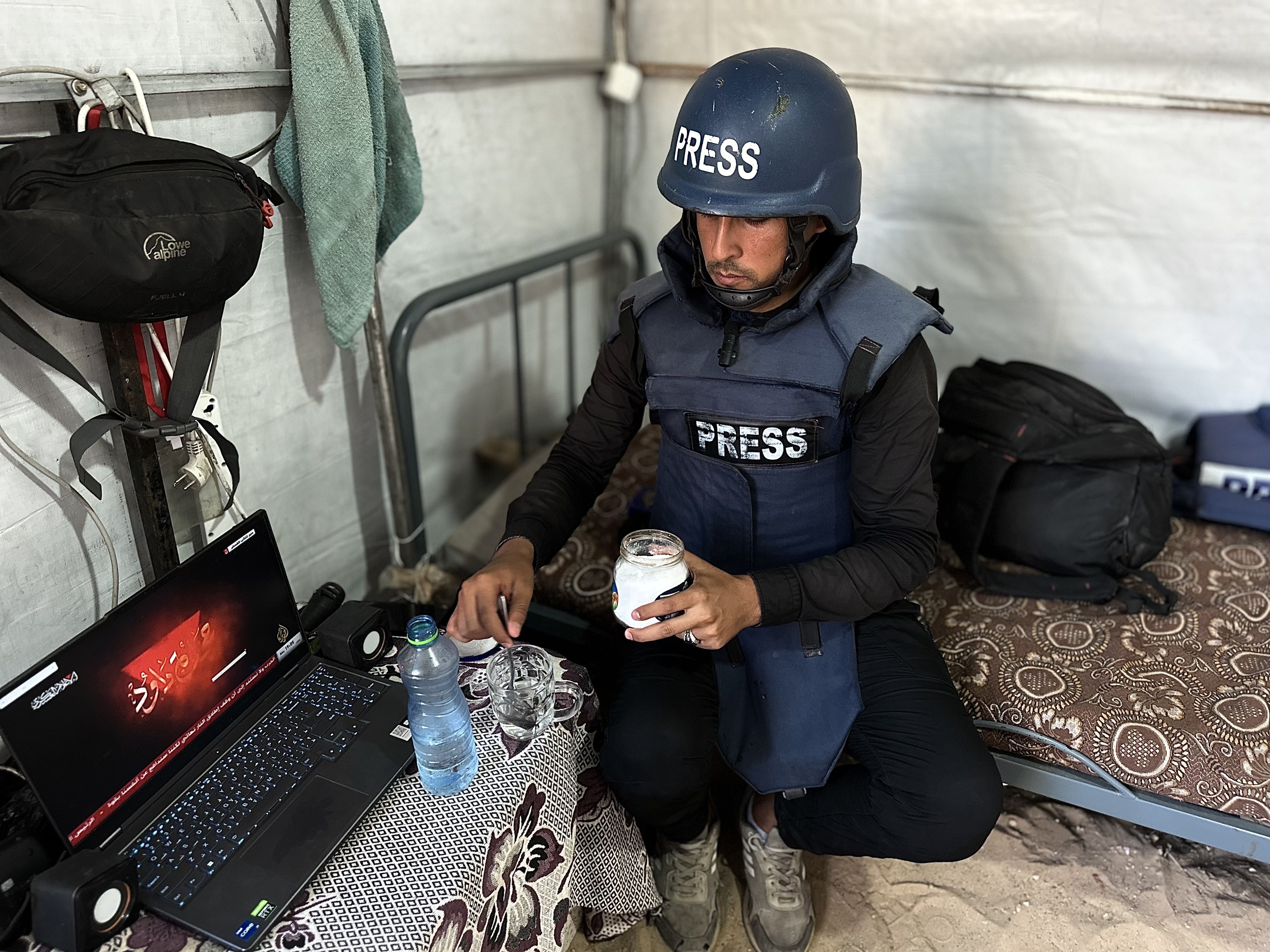أتاح التطور التكنولوجي لعالم الإعلام وسائل تعزز من التفاعل ما بين المنتج والمتلقي، وأحيانا يُكسر الحاجز بين الأخيريْن، فيغدو المتلقي منتجا إذا ما توفرت له الأدوات المناسبة.
واحدة من أهم حلقات الوصل بين التكنولوجيا والصحافة هي البيانات والمعلومات، إذ تقوم الصحافة بتزويد المتلقي بمعلومات حول مواضيع شتى، الأمر الذي من الممكن إثراؤه وتعزيز التفاعل معه عبر ربط هذه المعلومات بالبيانات المتاحة رقميا عبر الإنترنت وبالتالي تمكين المتلقي من الوصول لقدر أكبر من المعلومات والتزود بها.
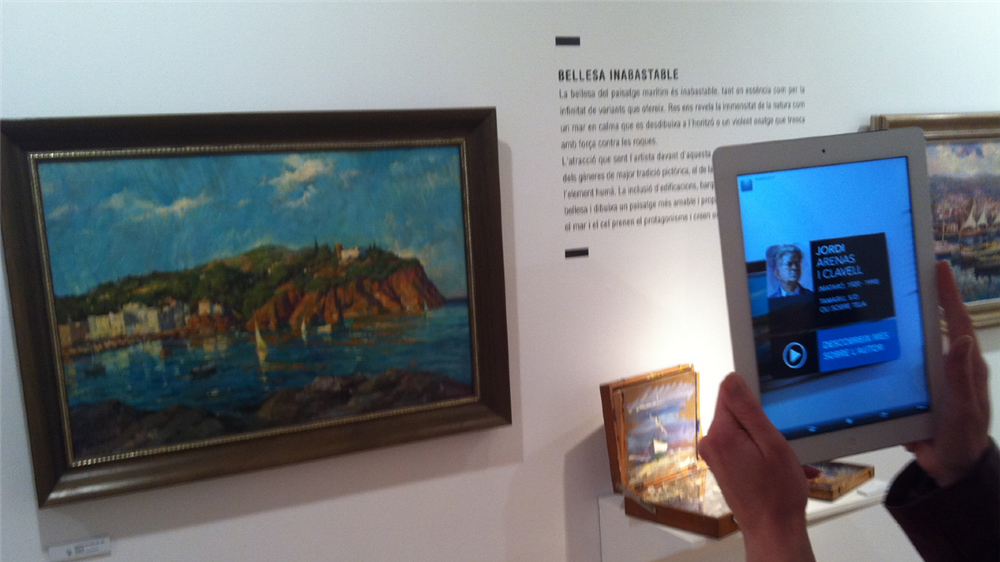
ليس عبثا أن تستثمر الشركات التكنولوجية في تقنيات الواقعين المعزز والافتراضي، إذ تلعب تلك التقنيات دورا هاما في تحسين علاقة منتج المحتوى والمتلقي، وترى في المتلقي جزءا هاما له سرده الخاص للحدث، وله رأيه فيه.
ولتفسير دور السرد ونقل المعلومة والخبر في تعليم المتلقي، يمكننا الاعتماد على النظرية البنائية ( constructivism ) التي تفسر أن بناء المعلومات عند المتلقي يكون عبر اكتساب مهارات عملية من المحيط والبيئة التي تتوفر فيها معلومات للمتلقي، فتنقل له المعلومة بصورة أوضح من خلال تفعيل حسه الإدراكي ومن خلال تجسيدها عبر وسائط مختلفة.
والأمثلة على ذلك كثيرة منها: الورشات العملية التدريبية وبحث الحقل والتعلم عبر العمل. وتتيح هاتين التقنيتين للمتلقي أن يعيش تجربة القصة في محيطه.
تضع تقنيات الواقعين المعزز والافتراضي المتلقي في تجربة السرد وحيثياتها كما لو أنها جزء من عالمه. فيتم الدمج بين سرد الخبر من قبل الصحافة وبين تجربة المتلقي للخبر، وينفتح المتلقي على شخصيات وأماكن افتراضية، بما يسمح له بالتعرف إلى معلومات وبيانات جديدة سواء أكانت هذه المعلومات والبيانات نصية أم بصرية، عبر محاكاة واقعه من خلال التقنيات. مثال عملي على ذلك هو تطبيق " Pivot " الذي طورته جامعة هارفارد من قبل أسماء جابر وسامي جيتان. ينقل التطبيق المستخدم لأزمنة مختلفة ويعرض لهم صورا وبيانات حول المكان الذي يتواجدون فيه، كما يظهر في الفيديو التالي.
حتى في الصحافة الورقية، هناك نماذج عديدة لاستخدامات تقنيات الواقع المعزز من خلال الصحافة المطبوعة بالرغم من كونها بدائية. يكون ذلك إما من خلال إعلانات تنقل القارئ إلى روابط على الإنترنت عبر أكواد " QR "، أو عن طريق تطبيقات تعمل على تقنيات الـ " Detection "، بحيث يعمل تطبيق معين على تحديد شخصية في صحيفة أو في ورقة، ثم تحريك الشخصية عبر التطبيق المبرمج. كان الهدف بالأساس من دمج مثل هذه التقنيات البسيطة، هو نقل القارئ للمقالات الموسعة والمدموجة بوسائط رقمية لا تتيحها الطباعة كالفيديو، والتصاميم التفاعلية.
أحد الاستعمالات التي طرحت في الماضي لاستخدامات الواقع المعزز في الصحافة كانت من خلال استخدام "الوايرلس" في الهواتف، ما يسمح للصحفيين بتبادل المعلومات حول أحداث وقصص جارية لإنشاء محتوى مبني على تعاون كل من الصحفيين والمصورين. تم تجربة ذلك على سبيل المثال في مشروع "الوثائقي الوضعي" في جامعة كولومبيا عام 2001 بالتعاون ما بين كليّتي علوم الحاسوب والصحافة، من خلال خلق روابط نصية بين عناصر افتراضية وفيزيائية واقعية كالأماكن والمواقع العامة، ليتم إنتاج قصص تدمج ما بين الواقع ومعلومات تاريخية تسهل نقل القصص والمعلومات للمتلقي (Hollerer, 2004 )، إلا أن محدودية الهواتف آنذاك لم تتح تجربة مستخدم جيدة، ولكنها بالتأكيد فتحت الأبواب أمام التفكير بتحسين تجربة المستخدم وإتاحة هذه التقنيات للاستخدام بشكل أكثر سلاسة.
تقنيات في خدمة التوثيق والصحافة الاستقصائية
في نوفمبر/تشرين الثاني 2015، نشرت مجلة الصحافة الاستقصائية "فرونتير"، تجربة لتقنية الـ360، تمكِّن المتابعين من التعرف إلى مرض الإيبولا وانتشاره في غربي أفريقيا عبر الواقع الافتراضي من خلال فيديو " Ebola Outbreak ". يمر المتابع في الفيديو على معلومات تشرح انتشار المرض، ويتم التنقل من خلال تحريك الفيديو إلى زوايا مختلفة ممنتجة في الفيديو لتتوسع الصورة وتعرض المزيد من المعلومات. وكان لهذه التجربة الوثائقية أهميتها خاصة أنها نشرت من خلال "فيسبوك 360" ووصلت لجمهور واسع.
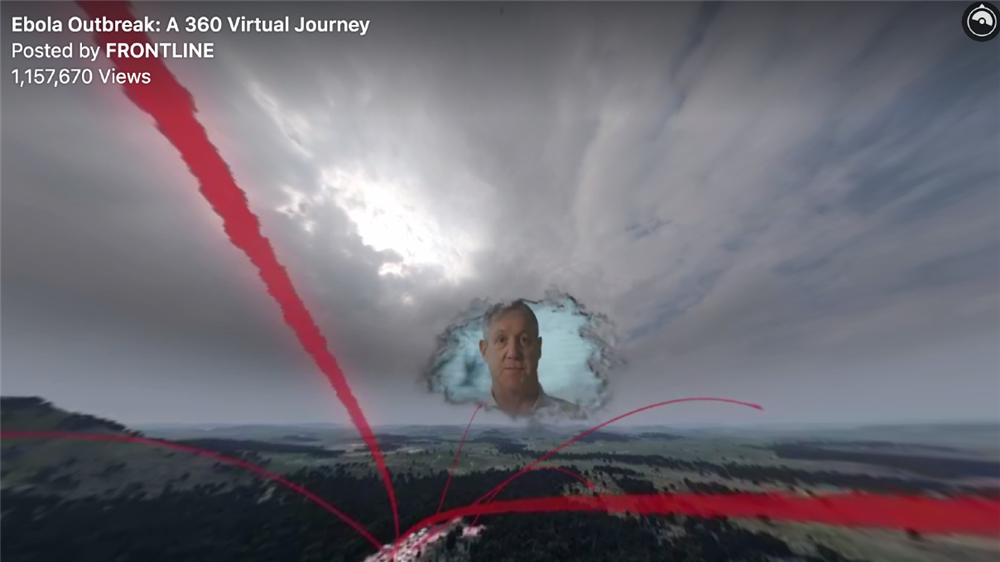
مقطع من فيديو حول الإيبولا أنتجته نيويورك تايمز بتقنية تصوير الـ360، والتي من خلالها تم تصوير وثائقي حول انتشار الإيبولا في أفريقيا.
مثال آخر هو مشروع " Beyond the Map " الذي أطلقته مبادرة غوغل الثقافية للتعريف عن مدينة ريو دي جانيرو في البرازيل، من خلال فيديوهات 360 الواقع الافتراضي عبر استخدام أدوات لمشاهدة الفيديوهات من خلالها ( VR headset ) وكذلك الواقع المعزز عبر إضافة الروابط وتفاصيل الشرح من نصوص تفاعلية خلال الجولة في الفيديوهات.

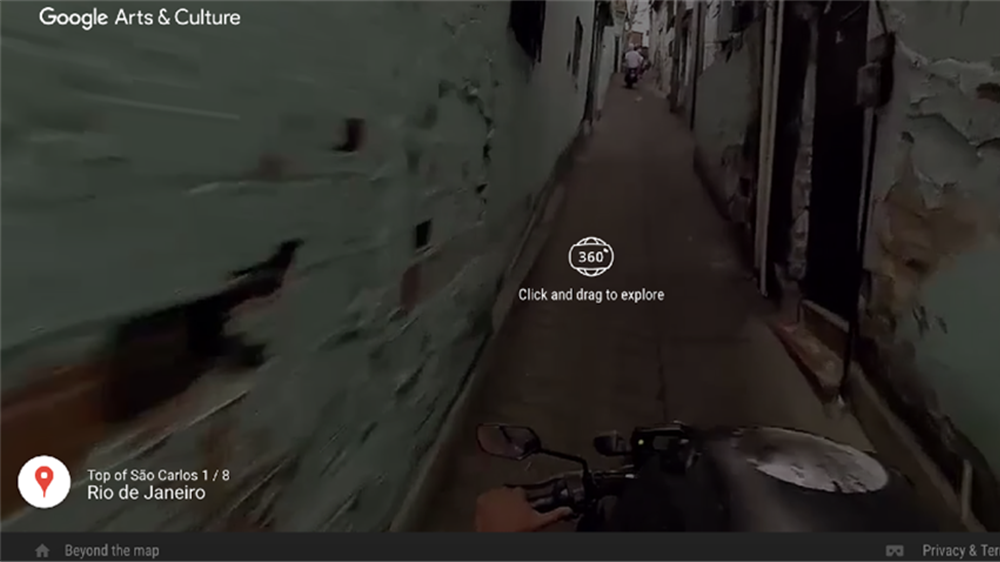
فكرة تغيير الطريقة التي يستهلك بها المتلقي الأخبار، ظهرت أيضا من خلال تجربة "نيويورك تايمز" في تقرير حول اللاجئين تحت عنوان " The Displaced ". صُوِّر المشروع وأُنتِج في كل من السودان وأوكرانيا وسوريا ليروي قصص أطفال لاجئين شردتهم الحروب. رفع الفيديو على يوتيوب في نوفمبر/تشرين الثاني 2015، وكان بتقنية الواقع الافتراضي وتصوير 360. ولمشاهدة هذا النوع من فيديوهات الواقع الافتراضي، يمكن استخدام وسائل بسيطة مثل " Google Cardboard "، التي قامت الصحيفة بالترويج لها ليتم اقتناؤها لتشجيع تجربة مشاهدة أفضل لما تنتجه الصحيفة من فيديوهات تتبع تقنيات الواقع الافتراضي.
مثال آخر على دمج كل من الواقع الافتراضي والمعزز في الصحافة هو قصة "كييا" والتي تدور حول تجسيد حادثة قتل من خلال محادثات مسجلة ليتم نقل أحداث الجريمة بشكل بصري.
360 بوسائل بسيطة
نقل الصورة من زاوية واحدة أصبح من الماضي في عالم تقنيات الإعلام. ليس هذا وحسب، إنما مع ظهور تقنيات التصوير بدرجة 360، يستطيع المتلقي رؤية المنتج البصري بصورة كاملة وجوانب مختلفة وليس فقط من جانب واحد. بعض هذه التقنيات لا يحتاج ميزانيات خارقة، هناك كاميرات يمكن من خلالها تصوير فيديو بزاوية 360 وكذلك صور فوتوغرافية. رفع هذه الفيديوهات متاح من خلال مواقع عديدة كغوغل ومؤخرا على فيسبوك. بعض كاميرات الفيديو التي تتيح إنتاج فيديوهات من هذا النوع هي: منتجات شركة Geonaute الفرنسية، Giroptic ، Centr Cam ، Bubl ،360 Fly ، Tamaggo . تتنوع أسعار هذه الكاميرات، إلا أن هناك تقنيات بدائية أبسط يمكن لمن يرغب الاعتماد عليها، وهي عن طريق التصوير البانورامي من خلال كاميرا عادية، ومن ثم دمج الصور عبر برنامج الفوتوشوب.
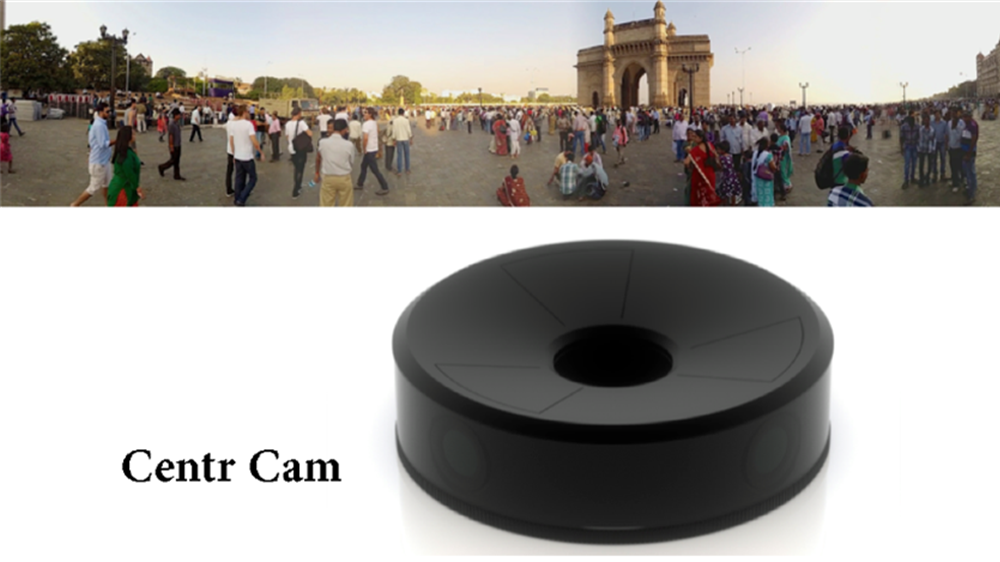
أحد الطرق الأخرى، هي ببساطة تركيب 6 كاميرات "جو برو" على حامل سداسي (يمكن شراؤه أو طباعته عبر آلة طباعة ثلاثية الأبعاد) وضمّها مع بعضها البعض لتلتقط كل منها الفيديو أو الصور، ثم تجميعهم ومنتجتهم لاحقا باستخدام برامج كـ Kolor أو Video Stitch . يمكن رفع مثل هذه الفيديوهات عبر تطبيقات مثل Jaunt ، الشركة الي تروج نفسها على أنها مجتمع للواقع الافتراضي بحيث تحاول خلق مستقبل مختلف للسرد الرقمي. وشركة Within المتخصصة بنشر قصص منتجة بتقنيات الواقع الافتراضي وفيديوهات 360. قصص كثيرة أخرى بتصوير زاوية 360 يمكن إيجادها على كل من Youtube 360 و كذلك Facebook 360 .

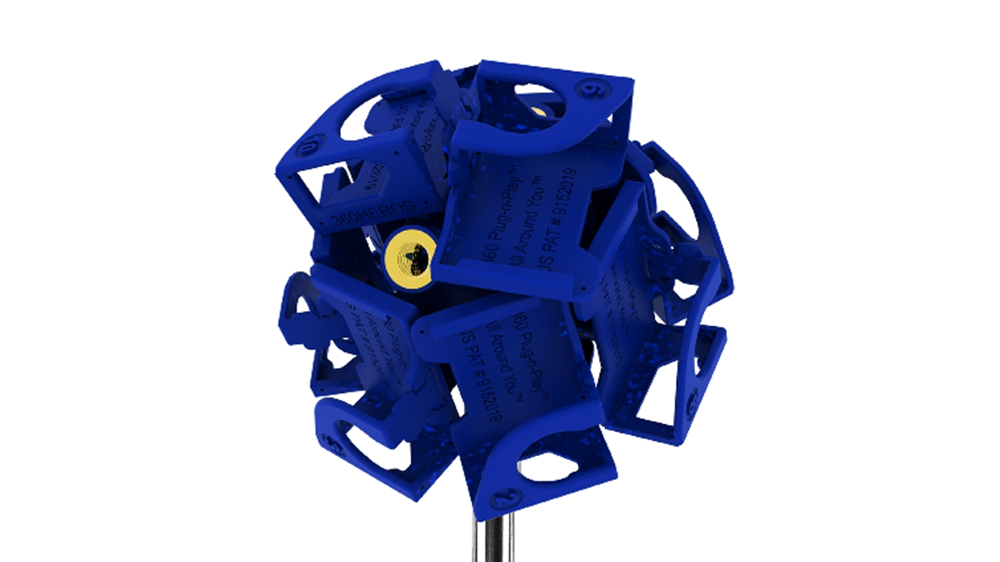
من المهم الانتباه إلى أنه وبالرغم من كل هذه التطورات التقنية وإيجابياتها في كشف الحقيقة بشكل أوسع وتحسين التفاعل ما بين منتجي الإعلام والمتلقي، إلا أنه تبقى دائما أسئلة حول الخصوصية وجودة المعلومات والبيانات المتشاركة عبر التقنيات المختلفة، والتخوف من أن تسبب تلك التقنيات تهديدا لأمن الأفراد. مع هذا، لا يمكن لنا إلا أن نستثمر تلك التقنيات لتطوير السرد، لأن مستقبل التصوير متوجه نحوها، وأكبر دليل على ذلك استثمار كبرى الشركات العالمية في تطوير منتجات قابلة للاستخدام ومتاحة للجميع.
المصادر
⇒ Situated Learning: The Classroom Goes Into the World. John Martin, University of Wisconsin-Madison, 2013
http://engage.wisc.edu/sl/#documentary
⇒ AR Journalism Blog
http://arjournalism.tumblr.com
⇒ Virtual Reality in Journalism. Patrick Doyle, Mitch Gelman, Sam Gill. Knight Foundation, 2016
http://www.knightfoundation.org/media/uploads/publication_pdfs/VR_report_web.pdf
⇒ Walter Cronkite School of Journalism and Mass Communication at Arizona State University Blog
https://medium.com/@VRCronkite
⇒ User Interfaces for Mobile Augmented Reality Systems. Tobias Hollerer. Columbia University, 2004
http://www.cs.ucsb.edu/~holl/pubs/hollerer-2004-diss.pdf
⇒ Situated Documentaries: Embedding Multimedia Presentations in the Real World. Tobias Hollerer, Steven Feiner, and John Pavlik. Columbia University, 1999 .
http://monet.cs.columbia.edu/publications.newer/iswc99.pdf
⇒ Situated Documentaries. Columbia University Computer Graphics & User Interfaces Lab
http://graphics.cs.columbia.edu/projects/mars/mjwSd.html
⇒ Situated Simulations: Exploring Mobile Augmented Reality. University of Oslo, 2011
